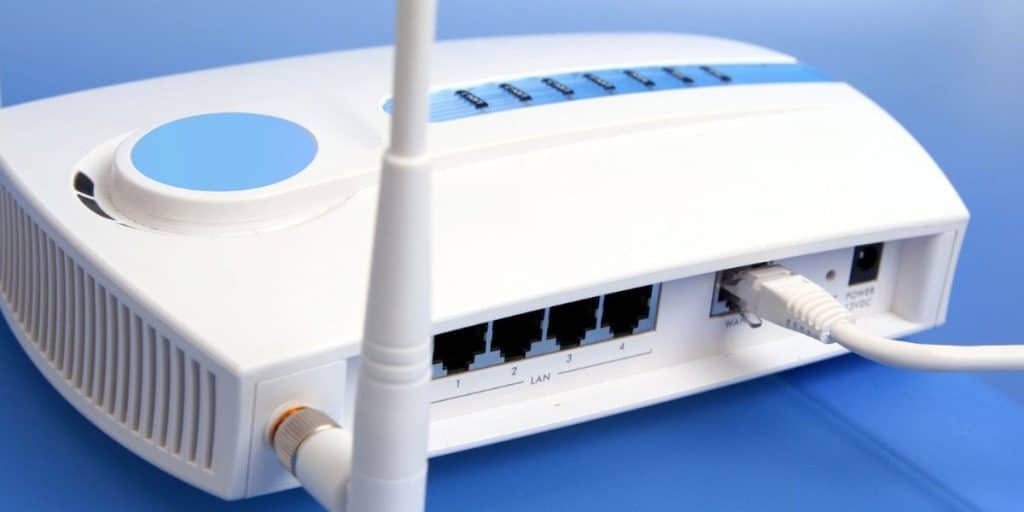Optimizing Home WiFi Networks for Faster Speeds
In an age where the internet has become as essential as electricity or water, optimizing your home WiFi network for faster speeds is not just a luxury, but a necessity. With the right knowledge and a bit of tweaking, you can ensure that your home network is running at its peak. This article will guide you through various strategies to boost your internet speeds without diving into the complexities of networking jargon.
The Basics of WiFi Performance
 Before diving deep into optimization techniques, it’s important to understand what affects WiFi performance. Factors such as router placement, the number of devices connected, and interference from other wireless signals can significantly impact your network’s efficiency. A strong foundation in these basics sets the stage for a more reliable and faster WiFi setup.
Before diving deep into optimization techniques, it’s important to understand what affects WiFi performance. Factors such as router placement, the number of devices connected, and interference from other wireless signals can significantly impact your network’s efficiency. A strong foundation in these basics sets the stage for a more reliable and faster WiFi setup.
Optimal Router Placement
One of the simplest yet most effective ways to boost your network’s performance is by rethinking your router’s placement.
The ideal location is centrally located in your home, away from walls and obstructions, and elevated off the ground. This section not only explains the logic behind optimal placement but will also delve into the impact of materials and objects surrounding the router on signal strength.
Minimizing Interference
Wireless interference from other devices can drastically reduce your WiFi speed and reliability. This includes not just other routers but also microwaves, baby monitors, and even Bluetooth devices. Learning how to identify sources of interference and how to minimize their impact can make a significant difference in your network performance.
For individuals interested in further exploring how to diagnose and address interference issues, learning about tools like an RF analyzer can provide deep insights into improving network coverage and reducing interference in a practical manner.
Regular Maintenance and Updates

Like any technology, your home WiFi network requires regular maintenance and updates to perform its best. Ensuring your router’s firmware is up to date and periodically rebooting your router can solve many performance issues. This section will cover the importance of these practices and how to carry them out effectively.
Managing Connected Devices
In a household with multiple devices connected to the WiFi, managing these connections is crucial to maintaining high speeds. This section will explore strategies for device management, such as setting up a guest network for visitors and prioritizing bandwidth for critical devices or applications.
Utilizing Bandwidth Control Features
Most modern routers come with features that allow you to control how bandwidth is allocated among devices.
By using these features, you can ensure that high-priority tasks like video conferencing or streaming are given precedence over less critical activities. This can significantly improve your overall online experience during peak usage times.
Advanced Configuration Tricks

For those willing to dive a bit deeper, there are advanced settings that can fine-tune your network’s performance.
From changing your WiFi channel to adjusting Quality of Service (QoS) settings, these tweaks can further enhance your internet speed. This section will guide you through these advanced configurations in a straightforward and understandable manner.
The Role of Mesh Networking Systems
For larger homes or buildings with multiple floors, a single router may not provide complete coverage or optimal speeds throughout. In such cases, investing in a mesh networking system can be a boon.
These systems consist of multiple router-like devices placed around your home to create a single, large, and seamless WiFi network. Mesh systems are designed to handle multiple devices and heavy usage without compromising on speed, providing an efficient solution to connectivity issues in larger spaces.
Enhancing Security Measures
Security also plays a crucial role in optimizing your WiFi’s performance. An unsecured network is not just a risk for data breaches but can also suffer from unauthorized use which may slow down your connection.
Implementing strong passwords, using WPA3 encryption, and activating network firewalls are essential steps in safeguarding your WiFi and its performance.
Conclusion
Accelerating your home WiFi speeds doesn’t have to be a daunting task filled with technical jargon and complex networking concepts. By following the strategies outlined in this article, from optimizing your router’s placement to performing regular maintenance, you can significantly improve your network’s performance.
Remember, a faster and more reliable WiFi network not only enhances your internet browsing experience but also supports the growing number of connected devices in our digital lives.







